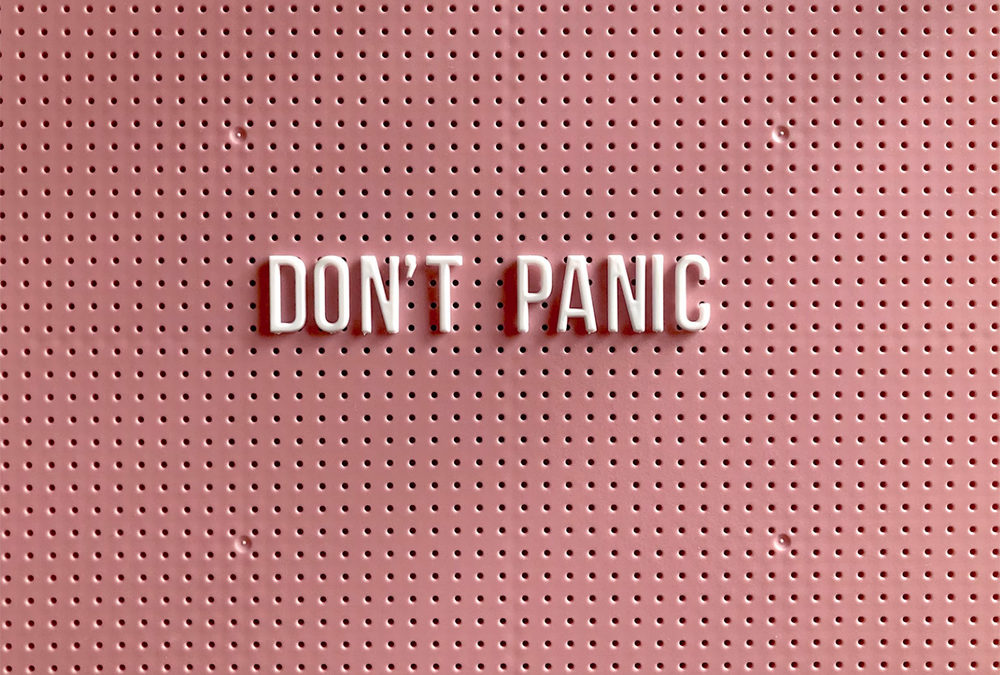Brain fog. ADHD. Anxiety. Feeling constantly distracted. Between COVID and spending our waking lives glued to screens, we are living in a world of declining mental states. And millions of people are searching for a remedy. Medications work, but many bring with them unpleasant side effects that parents, especially, are loathe to impart to children.
For people seeking non-drug alternatives to treating mental health, and attention-related problems, many are turning to Neurofeedback.

What is Neurofeedback?
Administered in both clinical and at-home settings, neurofeedback, a form of biofeedback, is a non-invasive way to enhance the way your brain functions.
By monitoring your brainwave activity using electrodes (electroencephalography, or EEG), neurofeedback gives you personalized feedback about how your brain works, rewarding healthy brainwave activity over unhealthy activity, leading to a reduction in unwanted symptoms and behavior.
What are the types of Neurofeedback?
Clinical neurofeedback is typically used to treat more serious issues — such as ADHD, anxiety, and stress. While at-home neurofeedback is typically used to treat issues like sleep problems and headaches, says Laurence Lee, CEO of The Great Brain Experiment, an organization that educates individuals on nootropics. Neurofeedback devices on the market today also target focus and concentration.
What are the Side Effects from Clinical Neurofeedback?
There are a number of potential side effects of clinical neurofeedback. Some of the most common side effects include:
- Headaches
- Fatigue
- Nausea
- Dizziness
When exploring potential neurofeedback side effects it’s important to keep in mind that it is a fairly new treatment option for conditions such as ADHD and other disorders and as such, there is limited scientific research on the long-term effects of using neurofeedback, says Tom Kelly, chief technology officer of Life Part 2.
“Most of the research to date has looked at the short-term effects of neurofeedback, and it appears that the majority of people who undergo neurofeedback do not experience any side effects,” says Kelly. “These side effects are usually transient and tend to go away with time and continued use of neurofeedback.”
What are the Side Effects of At-Home Neurofeedback?
While clinical neurofeedback can be compared to prescription-strength medication tailored for specific needs, at-home neurofeedback is parallel to over-the-counter remedies.
As such, at-home neurofeedback side effects are very uncommon. When they do occur, corollaries are usually similar to clinical neurofeedback, and can include fatigue and temporary “brain-soreness”, which can feel similar to a headache, yet much more benign.

Is Neurofeedback a Viable Alternative to Prescription Drug Medicine?
“The success rate of neurofeedback is often compared to more traditional medical treatments, such as medication,” says Lee. “Studies have shown that neurofeedback is often as effective, if not more effective, than traditional treatments.”
“There are a number of unconventional, but effective, neurofeedback products on the market. One such product is the Narbis Headset. [Affiliate Link] The Narbis Headset is a clinical-grade neurofeedback tool that is designed to help people with ADHD, anxiety, and stress. It is one of the most effective neurofeedback tools on the market and has a high success rate,” says Devon Greco, founder and CEO of Narbis.
Narbis uses Neurofeedback, which measures brain activity. Sensors in the Narbis glasses and a NASA patented algorithm track how relaxed, distracted, and focused you are. When you are distracted, the glasses comfortably change tint. When you are relaxed and concentrating, the glasses instantly clear.
Parting Thoughts:
If you’re in search of non-drug alternatives to treat attention-related problems, improve focus, or help improve mental health, neurofeedback could be an option for you but keep in mind there are a few potential aftereffects. Observing the side effects listed above can help you stay aware of these.







